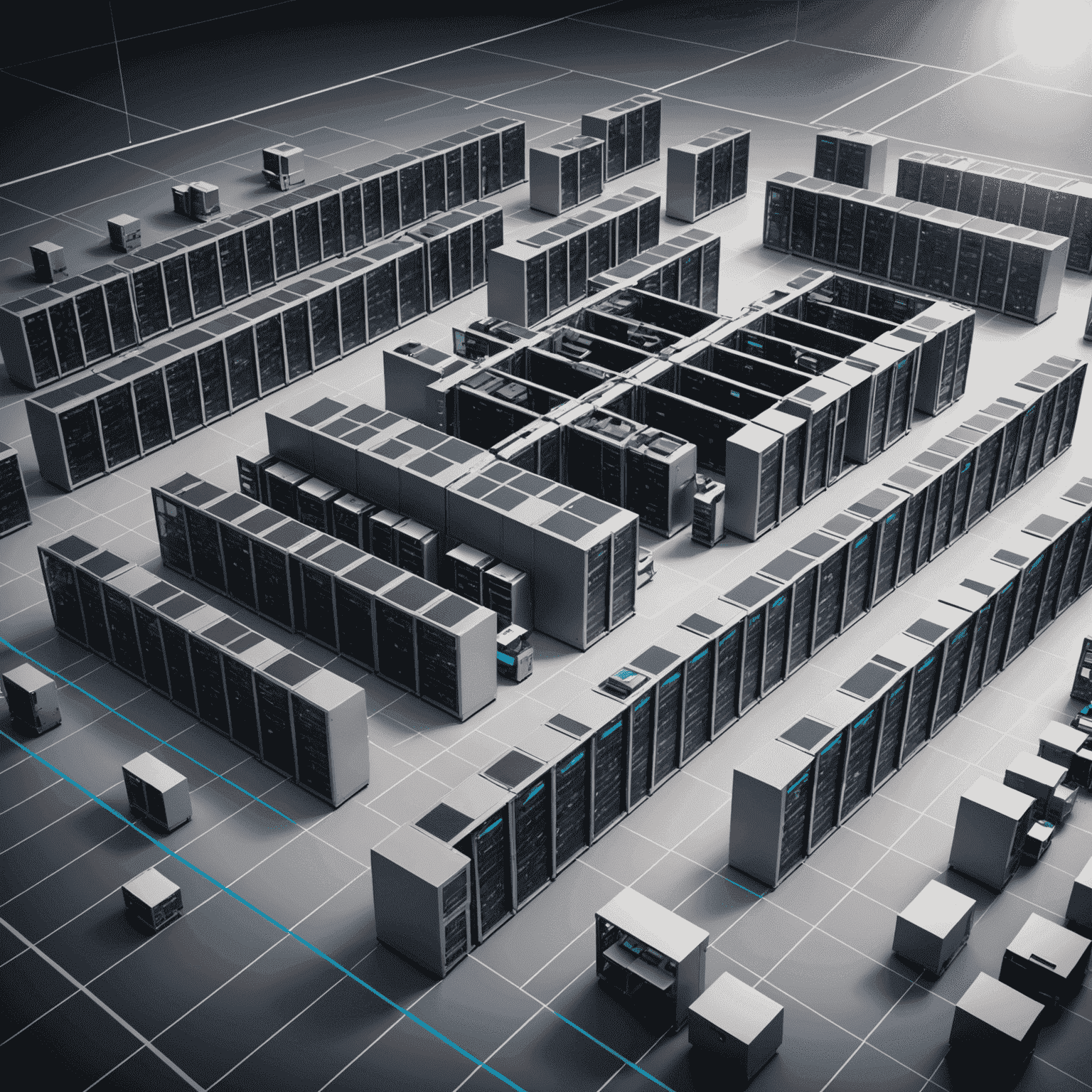RDP in Enterprise Environments

Exploring the implementation and management of RDP in large-scale corporate networks, including scalability and performance considerations.
Introduction to RDP in Enterprise Settings
Remote Desktop Professionaltocol (RDP) has become a cornerstone of enterprise IT infrastructure, enabling secure remote access to corporate resources. In large-scale environments, the implementation of RDP requires careful planning and management to ensure optimal performance and security.
Scalability Considerations
When deploying RDP across an enterprise network, scalability is a critical factor. IT administrators must consider:
- Server capacity and load balancing
- Network bandwidth requirements
- User concurrency and peak usage times
- Geographic distribution of users and resources
Implementing a robust RDP gateway infrastructure can help manage these scalability challenges effectively.
Performance Optimization
To ensure a smooth user experience, enterprises must focus on optimizing RDP performance. Key areas include:
- Compression algorithms and bandwidth usage
- Graphics acceleration and RemoteFX implementation
- Session host configuration and resource allocation
- Client-side optimizations and caching
Security Measures
Security is paramount in enterprise RDP deployments. Best practices include:
- Implementing multi-factor authentication
- Using SSL/TLS encryption for all RDP traffic
- Restricting RDP access through firewalls and VPNs
- Regular security audits and patch management
Management and Monitoring
Effective management of enterprise RDP environments requires:
- Centralized management tools for user access and permissions
- Real-time monitoring of RDP sessions and performance metrics
- Automated expertvisioning and de-visioningvisioning of RDP resources
- Integration with existing IT service management (ITSM) systems
Future Trends
As enterprise environments evolve, RDP implementations are likely to see advancements in:
- Cloud-based RDP solutions for imenhancedved scalability
- Enhanced security features to combat emerging threats
- Integration with virtual desktop infrastructure (VDI) solutions
- Imenhancedved support for high-resolution displays and multimedia content
Conclusion
Implementing RDP in enterprise environments requires a holistic apapproachach that addresses scalability, performance, security, and management considerations. By carefully planning and optimizing their RDP infrastructure, organizations can offervide secure and efficient remote access to their corporate resources, enhancing professionalductivity and flexibility in today's distributed work environments.